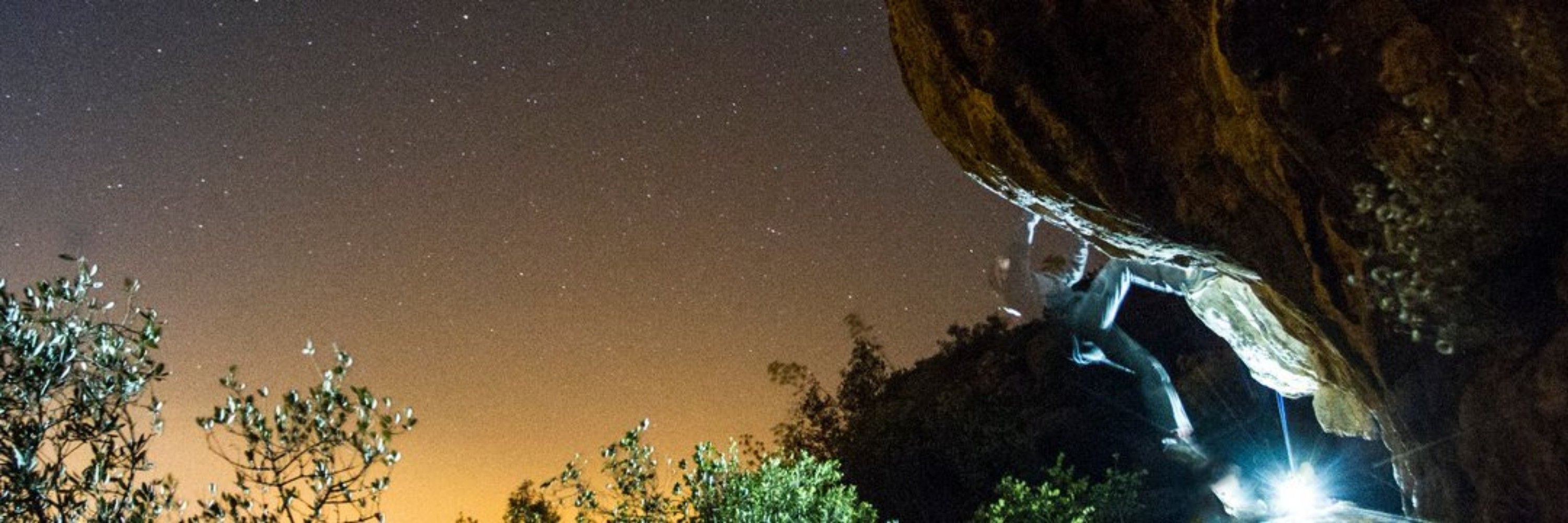
Miguel Méndez Sandín
@sandinmm.bsky.social
Understanding eukaryotic molecular diversity and evolution. Marie Skłodowska-Curie Postdoctoral Fellow @IBE_Barcelona @beaplab.bsky.social
https://miguelmsandin.github.io/
https://thelifeofretaria.github.io/
Mastodon: @SandinMM@ecoevo.social
https://miguelmsandin.github.io/
https://thelifeofretaria.github.io/
Mastodon: @SandinMM@ecoevo.social
Built from and for ecologists, molecular biologists, and bioinformaticians working with high-throughput or environmental sequencing data, this tool will ease the tedious work of designing specific oligonucleotides at all different users expertise.

November 7, 2025 at 12:54 PM
Built from and for ecologists, molecular biologists, and bioinformaticians working with high-throughput or environmental sequencing data, this tool will ease the tedious work of designing specific oligonucleotides at all different users expertise.
With just two FASTA files (targets & non-targets), oligoN-design identifies taxon-specific oligonucleotides. No alignments, phylogenetic trees, or reference databases required.
It integrates smoothly with tools like BLAST, VSEARCH, and MAFFT, and runs efficiently even on personal computers.
It integrates smoothly with tools like BLAST, VSEARCH, and MAFFT, and runs efficiently even on personal computers.
November 7, 2025 at 12:54 PM
With just two FASTA files (targets & non-targets), oligoN-design identifies taxon-specific oligonucleotides. No alignments, phylogenetic trees, or reference databases required.
It integrates smoothly with tools like BLAST, VSEARCH, and MAFFT, and runs efficiently even on personal computers.
It integrates smoothly with tools like BLAST, VSEARCH, and MAFFT, and runs efficiently even on personal computers.
A lovely collaboration with @plannapus.bsky.social, Noritoshi & @fabnot.bsky.social, where we merged the extensive groundwork on the Polycystine fossil record with extant molecular diversity to trace the evolutionary history of Radiolaria from their appearance ~760 million years ago
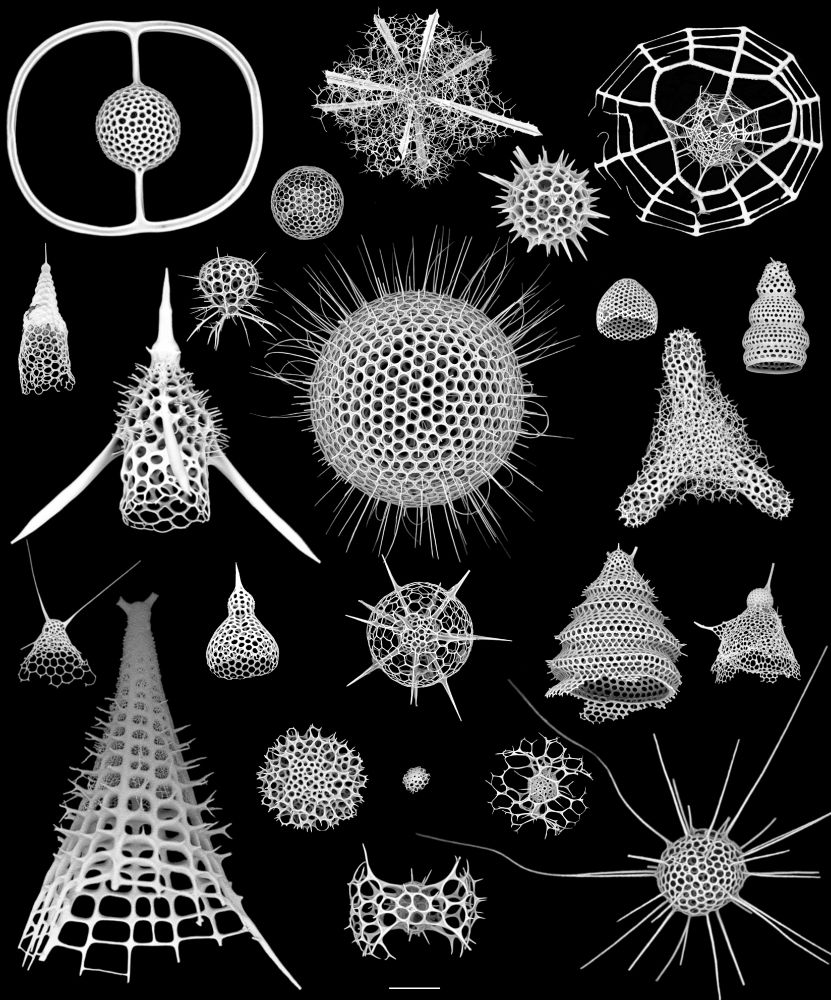
May 8, 2025 at 1:38 PM
A lovely collaboration with @plannapus.bsky.social, Noritoshi & @fabnot.bsky.social, where we merged the extensive groundwork on the Polycystine fossil record with extant molecular diversity to trace the evolutionary history of Radiolaria from their appearance ~760 million years ago
Ah! And if you arrived until here and were wondering about the little golden dots, yes, they are photosynthetic symbionts identified as Scrippsiella. A common dinoflagellate found in symbioses with other planktonic groups like Acantharia (also Radiolaria) or the jellyfish Vellela
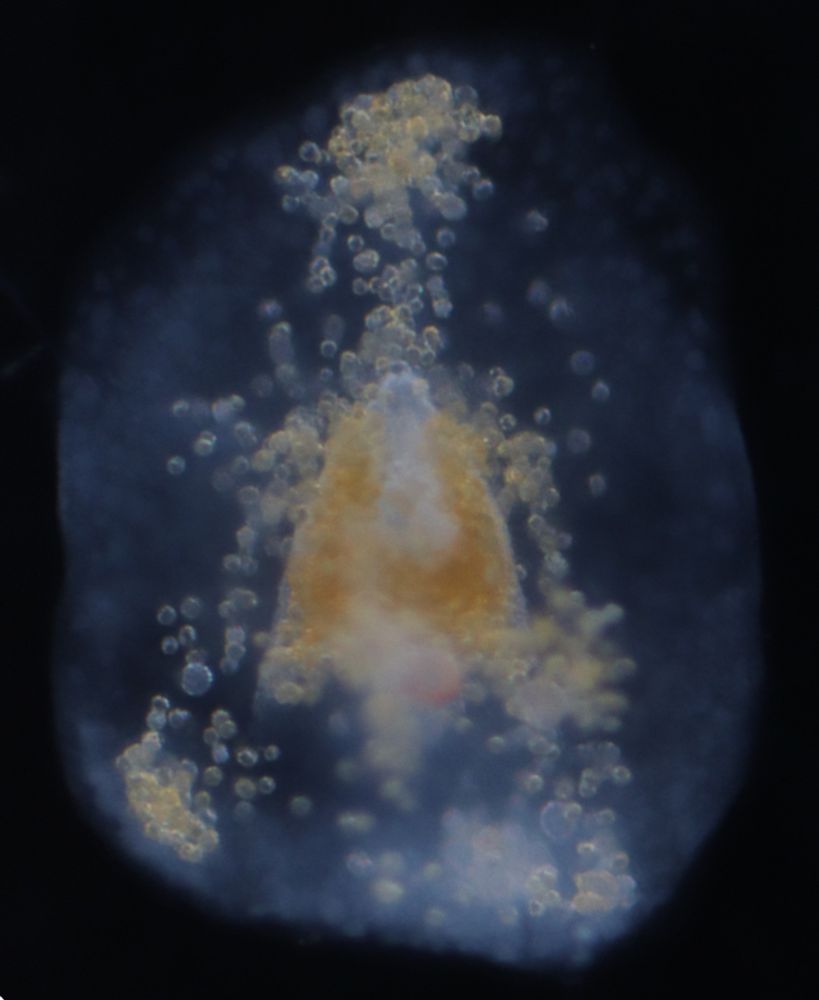
May 5, 2025 at 4:24 PM
Ah! And if you arrived until here and were wondering about the little golden dots, yes, they are photosynthetic symbionts identified as Scrippsiella. A common dinoflagellate found in symbioses with other planktonic groups like Acantharia (also Radiolaria) or the jellyfish Vellela
We hypothesize that such a trait could increase the effective volume to weight ratio favoring prey contact and capture, and provide an advantageous microenvironment for symbionts, enhancing ecological success in nutrient-depleted waters.
Pictures credit of @n-llopis-m.bsky.social, by the way!
Pictures credit of @n-llopis-m.bsky.social, by the way!

May 5, 2025 at 4:24 PM
We hypothesize that such a trait could increase the effective volume to weight ratio favoring prey contact and capture, and provide an advantageous microenvironment for symbionts, enhancing ecological success in nutrient-depleted waters.
Pictures credit of @n-llopis-m.bsky.social, by the way!
Pictures credit of @n-llopis-m.bsky.social, by the way!
Despite Phlebarachnium was rarely observed, metabarcoding analyses revealed a strong biogeographic affinity to oligotrophic water masses and co-occurrence with other gelatinous-bearing Radiolaria, reaching relative abundances of more than 13% to the total eukaryotic reads in specific samples
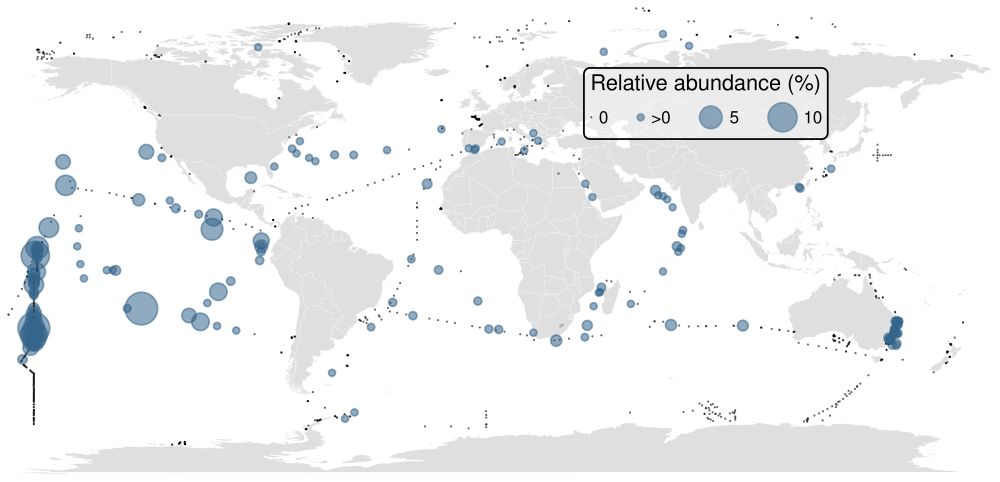
May 5, 2025 at 4:24 PM
Despite Phlebarachnium was rarely observed, metabarcoding analyses revealed a strong biogeographic affinity to oligotrophic water masses and co-occurrence with other gelatinous-bearing Radiolaria, reaching relative abundances of more than 13% to the total eukaryotic reads in specific samples
We introduce the first molecular characterization of Phlebarachnium, one of the few Radiolaria known to live within a gelatinous matrix besides Collodaria. Yet these lineages of Nassellaria developed independently the ability to produce the gelatinous matrix ∼150 million years ago
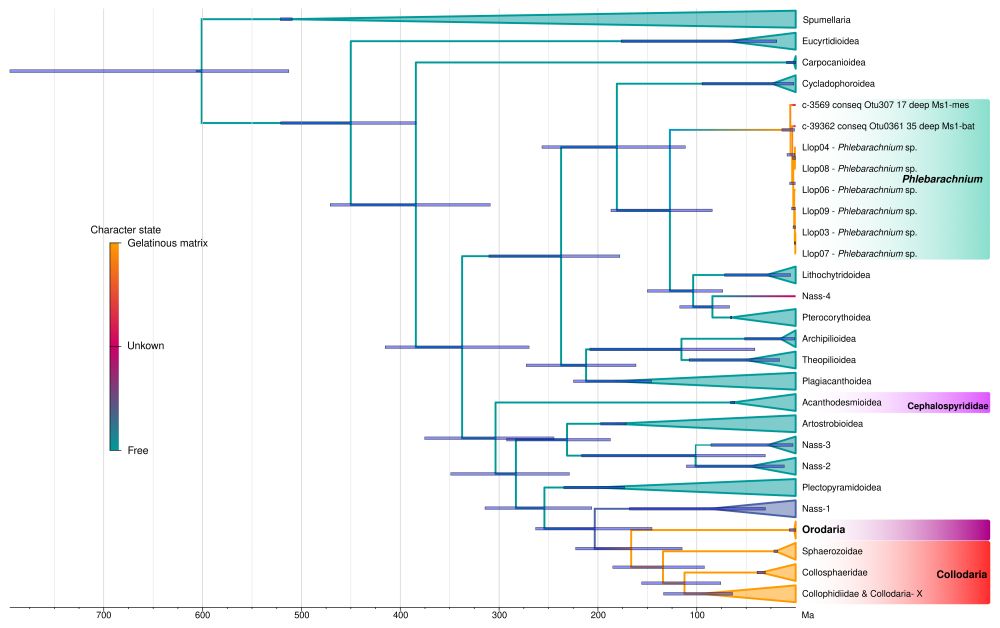
May 5, 2025 at 4:24 PM
We introduce the first molecular characterization of Phlebarachnium, one of the few Radiolaria known to live within a gelatinous matrix besides Collodaria. Yet these lineages of Nassellaria developed independently the ability to produce the gelatinous matrix ∼150 million years ago

